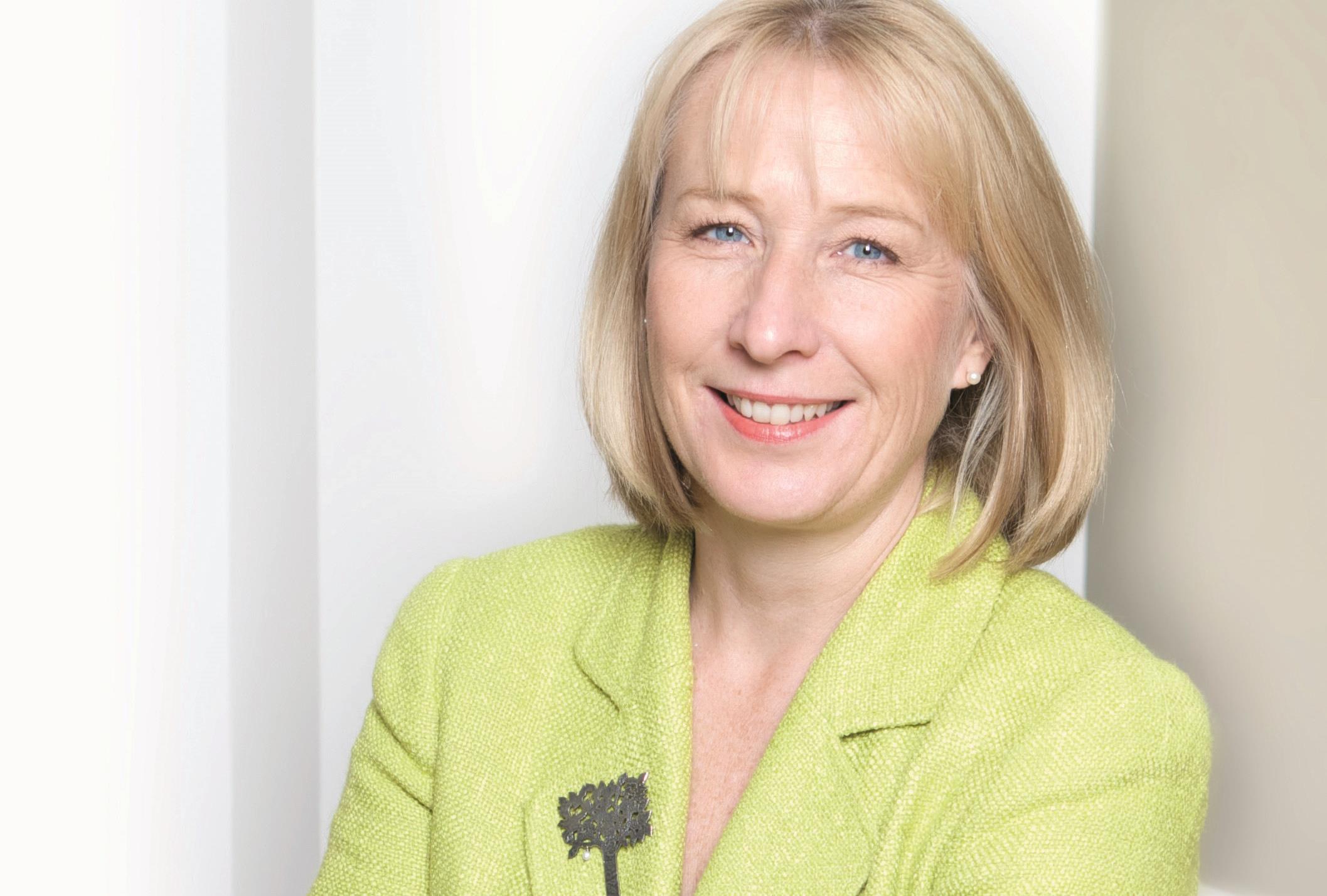
A network for women pharmacists to share experiences and advice about gender-specific professional issues will be launched by the Royal Pharmaceutical Society (RPS) to coincide with International Women’s Day, as figures show women are underrepresented in some senior pharmacy roles.
The online forum, accessible on the RPS website from 8 March 2015, has been prompted by RPS members’ calls for a place to discuss practical issues affecting them in their careers, according to the Society.
The forum will also help to promote women’s leadership in pharmacy. Latest figures suggest fewer women hold senior leadership positions in some pharmacy sectors than would be expected based on the profession’s demographic.
“The network will enable us and our members to understand the complexity of issues facing women in pharmacy and subsequently inform the need for guidance and resources to support them,” says Basma Hossin, RPS pharmacy networks officer.
Helen Gordon, RPS chief executive, says women will be able to discuss issues such as coming back to work after maternity leave; juggling family life and work; moving up the career ladder into senior positions; and how to own your own pharmacy.
“It’s my experience — and women tell me — that when you bring a group of women together where they offer help and support together, it’s a really fast way of women sharing tips, advice and experience,” she says.
The RPS says it will examine the issues raised in the forum and signpost women to resources, including support and development opportunities around leadership. Issues raised will also inform the development of future resources.
Around 60% of all RPS members (excluding students, associates and Fellows) are women, according to figures from the RPS membership database on 25 February 2015. Only 24% of Fellows of the Society are women.
Among registered RPS members whose gender is recorded on the database, women account for only 34% of superintendent pharmacists and 41% of directors, a term which includes senior hospital pharmacists in Scotland.
Women are better represented in chief and deputy chief pharmacist and executive roles, where they comprise 50% of the workforce. They also account for 61% of pharmacy lecturers.
Gordon says there are many complex cultural and historical reasons why women continue to be underrepresented in some areas of pharmacy leadership. She
says modern workplace support, such as rolling out flexible working policies and encouraging diversity, can help to improve the gender balance of a workforce.
“I think for both men and women there’s a growing evidence base coming from the City and other business sectors that having diverse boards actually makes for better decision-making and performance,” she says.
She adds that t
he RPS has begun conversations about diversity with leaders in the community sector.
Within the RPS, women comprise 47% of the 36 elected positions on its three national pharmacy boards. Gordon says a 50:50 ratio of men and women on the RPS boards is “a good place to start”.
“Having a really good, diverse mix of people adds value, in my opinion,” she says.
The Women in Pharmacy network allows any RPS member — female or male — to share news items, discussions, events, videos and documents. The Society will be promoting the network via social media, the RPS website and other networks, and hopes the platform will also lead to collaboration with other groups, such as the National Association of Women Pharmacists.
The RPS hopes to recruit 100 members from all three GB nations and different pharmacy sectors within the first three months.

